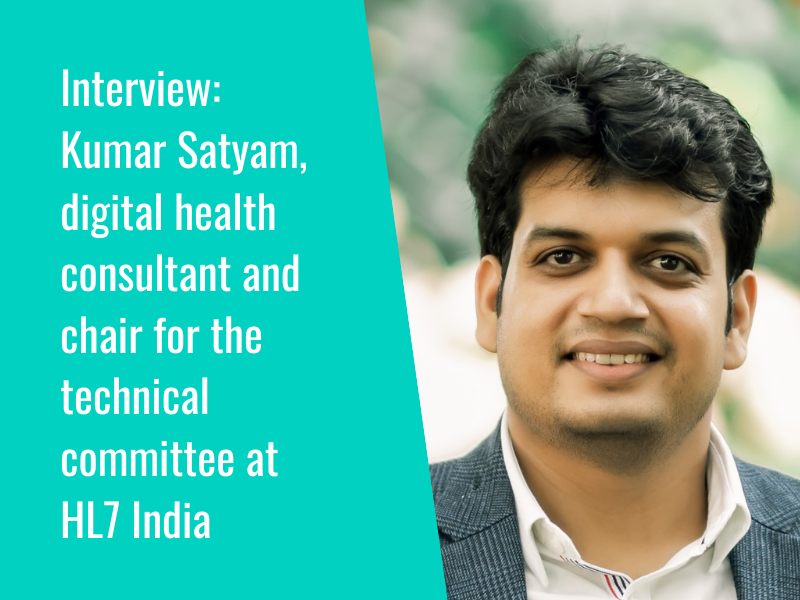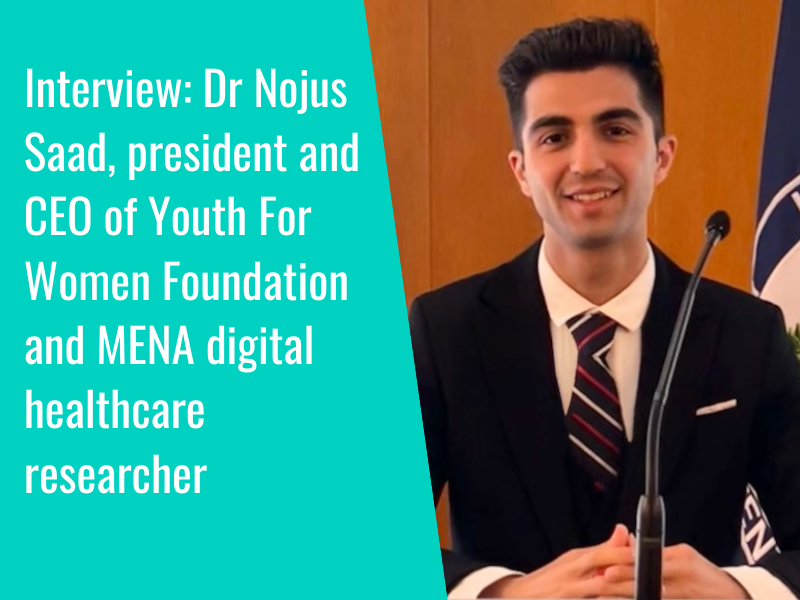At HTN International, we’re always keen to explore global health tech innovation. With this in mind, we’ve taken a deep dive into the latest developments in digital and data from Seoul National University Bundang Hospital (SNUBH), located in Gyeonggi Province, South Korea.
Facilities
According to its website, SNUBH is a “smart hospital”, which has received 7-step certification from the American Medical Information Society, aiming to “have a competitive edge globally and to globalise the Korean-style hospital information system”.
The hospital’s SMART Simulation Center aims to provide a “real-world treatment experience” for students, emulating an “actual hospital environment, complete with operating rooms, patient rooms, intensive care units, conference rooms, and more”, complete with simulators, medical equipment, and systems used in clinical settings. The Center has also introduced an educational EHR, which permits students to practice managing patient records, reviewing test results, and checking patient notes.
Instructors offer students real-life scenarios, and are able to monitor their progress “from every angle”, with all sessions being recorded to promote learning and development. Although at present the Center caters only for basic skills development, there are plans to expand to make it a “more surgical-specific simulation centre” in the future, with more specialised training and surgical simulations.
SNUBH’s Healthcare Innovation Park also serves as a means of bolstering connections between healthcare and academia, covering areas including medical genomics, regenerative medicine, medical device development, and nanomedicine. Businesses in the health tech sector work closely with researchers from the medical school within the Park, with the hopes of fostering a “more efficient collaboration” between science and industry which will boost modern healthcare delivery in Korea and beyond.
Digital infrastructure
The hospital developed its BESTCare 2.0R solution in 2003, taking steps toward becoming a “fully digital hospital”. According to an article published in Healthcare Informatics Research, SNUBH has since taken steps to introduce new applications such as close-loop medication administration, clinical data warehouse, health information exchange, and disaster recovery, “which have resulted in the achievement of Stage 7 status” with HIMSS.
SNUBH has also celebrated achieving HIMSS EMRAM Stage 7 on three consecutive occasions, due to its complete EMR, external HIE, data analytics, governance, disaster recovery, privacy and security.
A collaboration between SNUBH and Gyeonggi Province has led to the development of a remote intensive care unit (ICU) to help support three Gyeonggi Provincial hospitals, allowing SNUBH to share patient information in real-time, and helping to alleviate the shortage of “dedicated ICU medical personnel in the region.
Clinicians at SNBUH can view patient’s vital statistics along with live video feeds from ICUs across the three hospitals, offering support including consultations, advice on treatment plans, and assistance with patient transfers. A 24-hour duty system ensures that the system is “operational around the clock”.
Future plans
In an update shared to mark SNUBH’s 21st anniversary, the hospital celebrated digital projects and achievements including a telemedicine programme to support clinicians across Asia in laparoscopic surgery, and “the world’s first robotic thyroidectomy on a five-year-old child”.
To learn more about Seoul National University Bundang Hospital (SNUBH), please click here.
In related news from Korea, seven new healthcare projects have been announced under the Korean ARPA-H Initiative, with the Ministry of Health and Welfare and the Korea Health Industry Development Institute sharing details and issuing a call for research and development proposals to help implement them.
- 1
- 2

















